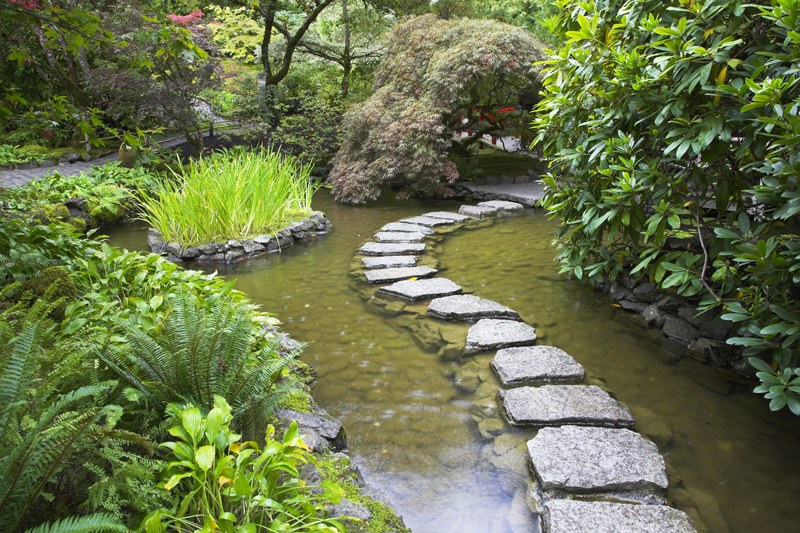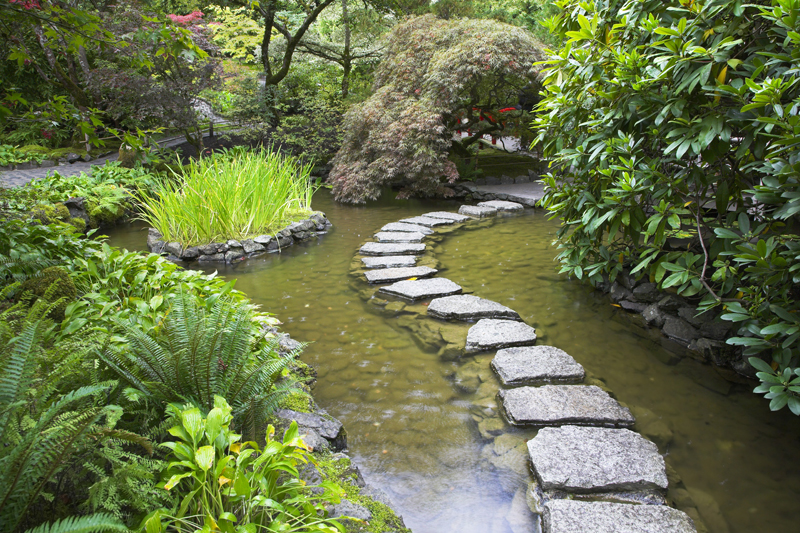Galanthus or Snowdrops

The snowdrops or galanthus are native to Europe and Asia where they occur in damp woods. These are sometimes called Candlemas balls.
One reason I recommend these bulbs is that they are pest resistant. These small bulbs are hardy to zone four or five, according to the species. They are very frost hardy.
These plants are about five inches tall. The snowdrops aren’t very leafy. The narrow foliage is linear and rises above the base of the stems.
These plants feature solid flower stalks. Rising above the foliage, the solitary, fragrant flowers are typically nodding. The outer portion of the blooms are white while the inner portion is often green.
The flowers are bell-like and open at the ends of the flower stalk. The inner portion of the blooms is often shaped like a heart with three lobes. These flowers can be used in floral arrangements.
The bloom time for snowdrops can vary somewhat according to the species. It can be anytime from late fall through the winter into spring. The typical time is in late winter.
Growing Snowdrops
These bulbs are recommended for woodland gardens and rock gardens, Snowdrops can be planted in late summer and fall. Space these bulbs three inches apart and three inches deep.
They do well in full sun as well as the dappled shade under trees. The snowdrops prefer a rich, light textured soil. They do best in a moist, heavy loam. These bulbs naturalize beautifully and spread very nicely. They thrive in grass.
The snowdrops don’t mind being fairly crowded. So, don’t be in a hurry to divide them. These readily multiply.
All types of snowdrops can be grown from seeds and offsets. These bulbs are propagated from divisions a well as fresh seeds and bulbs.
Recommended Snowdrops
The following types of snowdrops are recommended for pollinator gardens.
The common snowdrop (Galanthus nivalis) is sometimes called Candlemas bells or common snowdrop. This species is found over much of Eurasia in meadows and damp woods. These bulbs are poisonous.
This is a small, tuberous rooted perennial. It is by far one of the best species for pollinator gardens. It produces lots of pollen and just slightly less nectar. The plant is native to much of Europe.
It is one of the earliest blooming of the bulbs, typically in February and March.
The keeled, linear, narrow, glaucous, greenish-blue leaves are six to nine inches in length and ¼ inch wide.
These flowers can be covered with snow and still survive. The small, white, solitary blooms are pendant. They’re ½ to an inch in length. The green markings on the lovely blooms mane thee flowers very distinctive.
There is also a double flowered variety. The nodding blooms have three, white, oval segments.
In addition, there are also smaller inner etched segments with lovely green patches. The nodding blooms have three white, oval segments.
The spathe is green with white along the margins.
One reason I recommend these bulbs is that they are pest resistant. These small bulbs are hardy to zone four or five, according to the species. They are very frost hardy.
These plants are about five inches tall. The snowdrops aren’t very leafy. The narrow foliage is linear and rises above the base of the stems.
These plants feature solid flower stalks. Rising above the foliage, the solitary, fragrant flowers are typically nodding. The outer portion of the blooms are white while the inner portion is often green.
The flowers are bell-like and open at the ends of the flower stalk. The inner portion of the blooms is often shaped like a heart with three lobes. These flowers can be used in floral arrangements.
The bloom time for snowdrops can vary somewhat according to the species. It can be anytime from late fall through the winter into spring. The typical time is in late winter.
Growing Snowdrops
These bulbs are recommended for woodland gardens and rock gardens, Snowdrops can be planted in late summer and fall. Space these bulbs three inches apart and three inches deep.
They do well in full sun as well as the dappled shade under trees. The snowdrops prefer a rich, light textured soil. They do best in a moist, heavy loam. These bulbs naturalize beautifully and spread very nicely. They thrive in grass.
The snowdrops don’t mind being fairly crowded. So, don’t be in a hurry to divide them. These readily multiply.
All types of snowdrops can be grown from seeds and offsets. These bulbs are propagated from divisions a well as fresh seeds and bulbs.
Recommended Snowdrops
The following types of snowdrops are recommended for pollinator gardens.
The common snowdrop (Galanthus nivalis) is sometimes called Candlemas bells or common snowdrop. This species is found over much of Eurasia in meadows and damp woods. These bulbs are poisonous.
This is a small, tuberous rooted perennial. It is by far one of the best species for pollinator gardens. It produces lots of pollen and just slightly less nectar. The plant is native to much of Europe.
It is one of the earliest blooming of the bulbs, typically in February and March.
The keeled, linear, narrow, glaucous, greenish-blue leaves are six to nine inches in length and ¼ inch wide.
These flowers can be covered with snow and still survive. The small, white, solitary blooms are pendant. They’re ½ to an inch in length. The green markings on the lovely blooms mane thee flowers very distinctive.
There is also a double flowered variety. The nodding blooms have three, white, oval segments.
In addition, there are also smaller inner etched segments with lovely green patches. The nodding blooms have three white, oval segments.
The spathe is green with white along the margins.

Related Articles
Editor's Picks Articles
Top Ten Articles
Previous Features
Site Map
Content copyright © 2023 by Connie Krochmal. All rights reserved.
This content was written by Connie Krochmal. If you wish to use this content in any manner, you need written permission. Contact Connie Krochmal for details.



